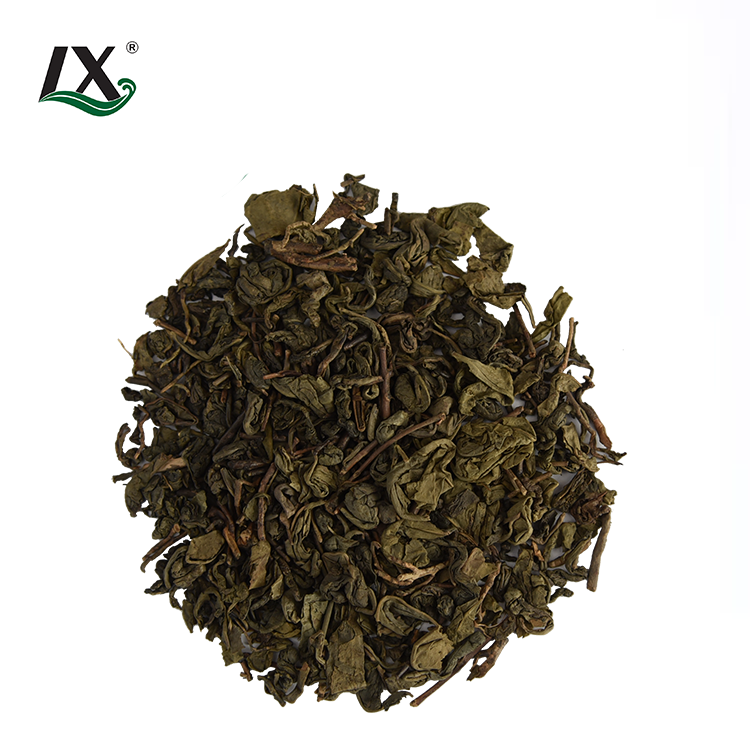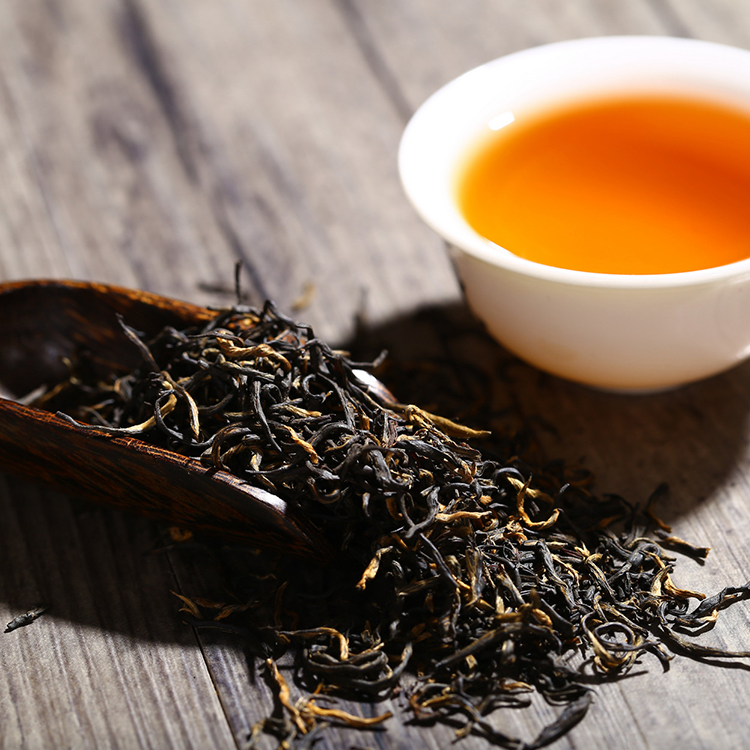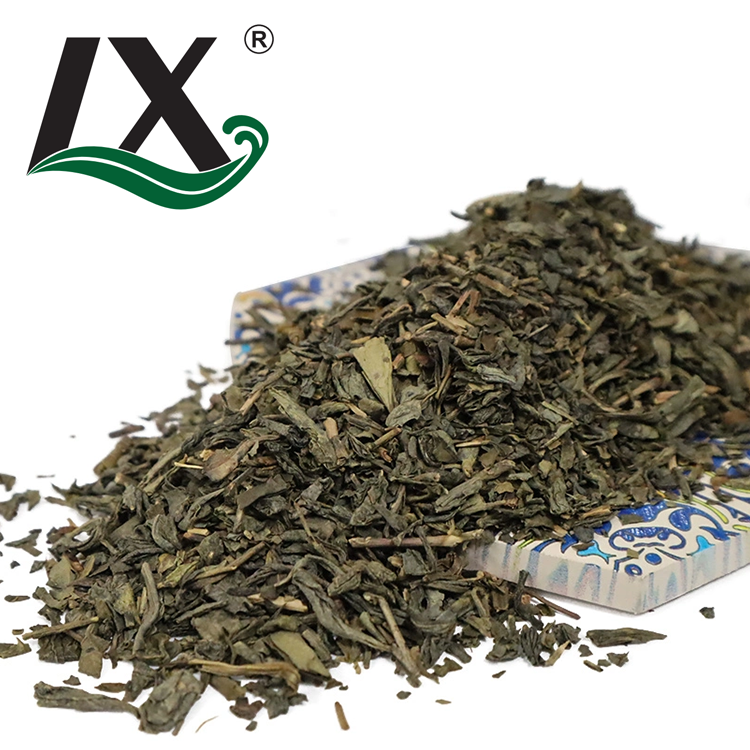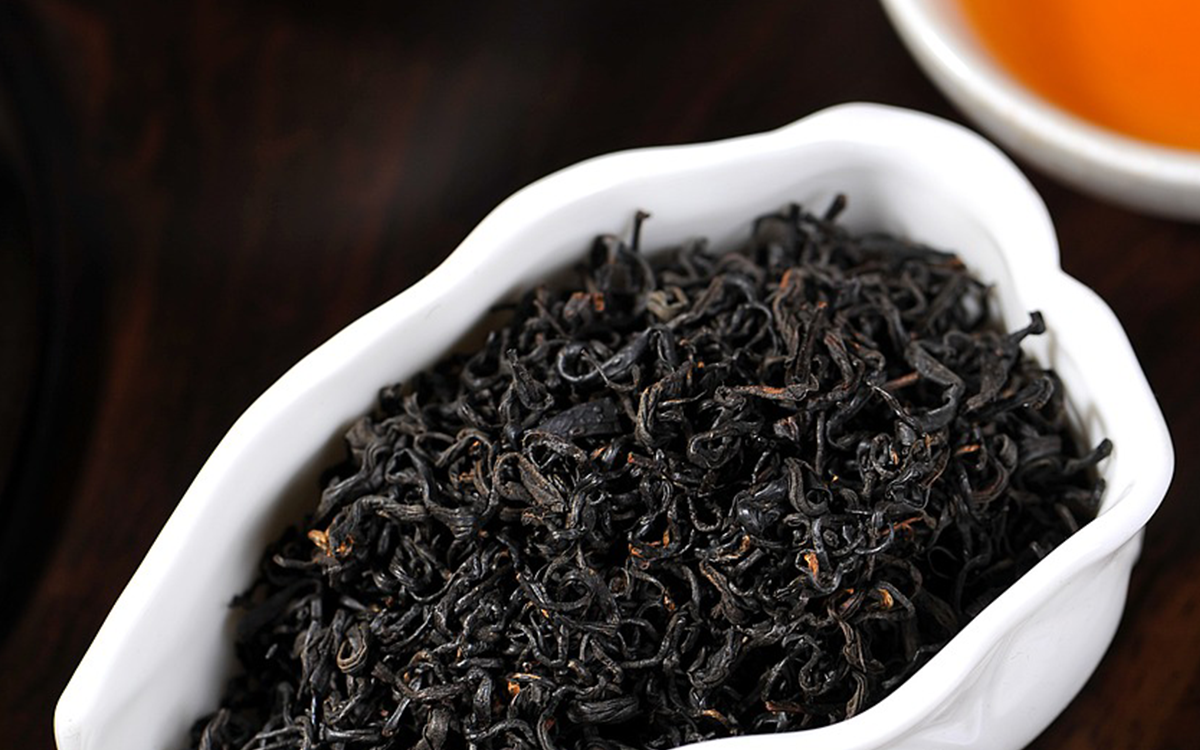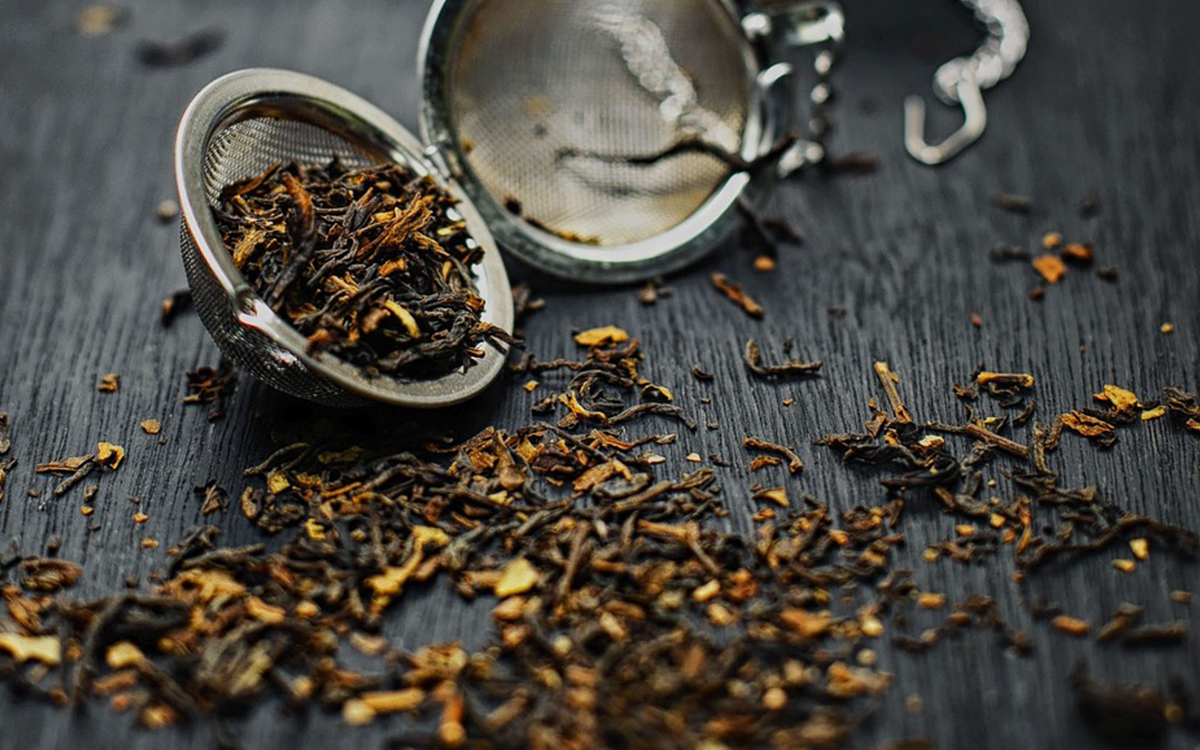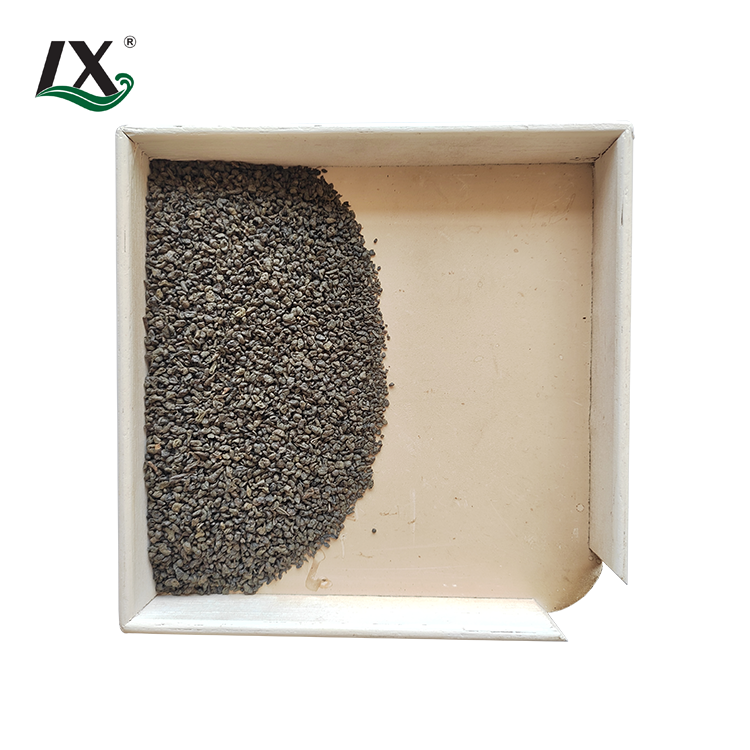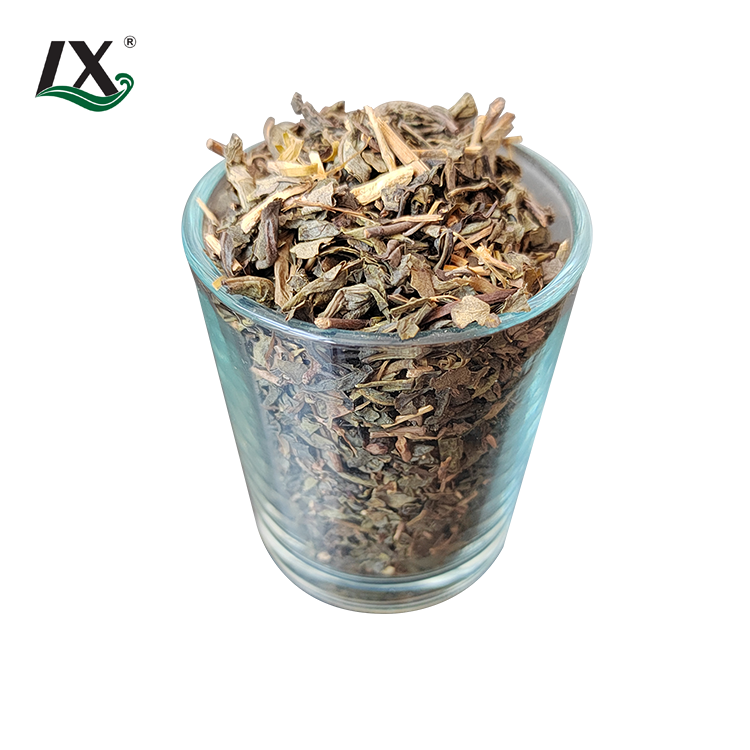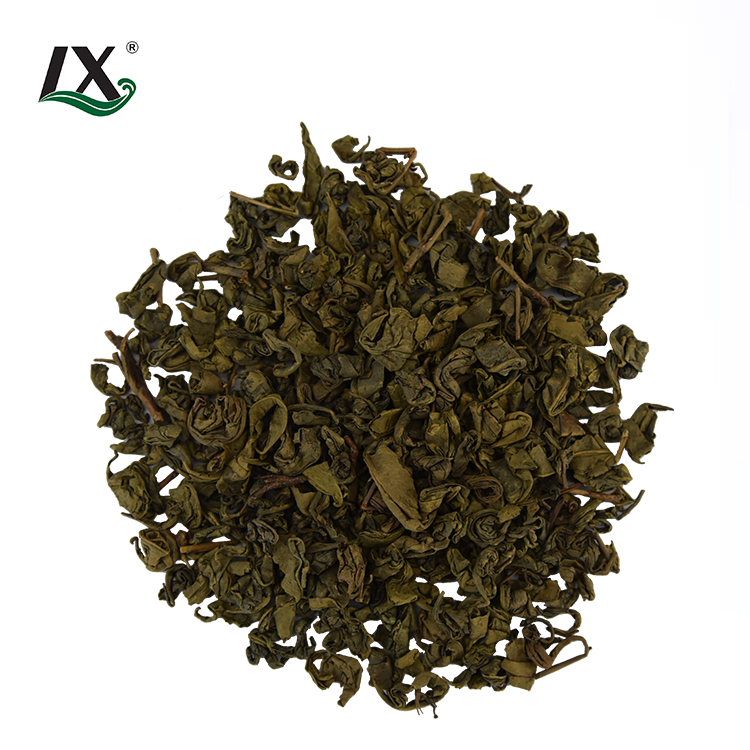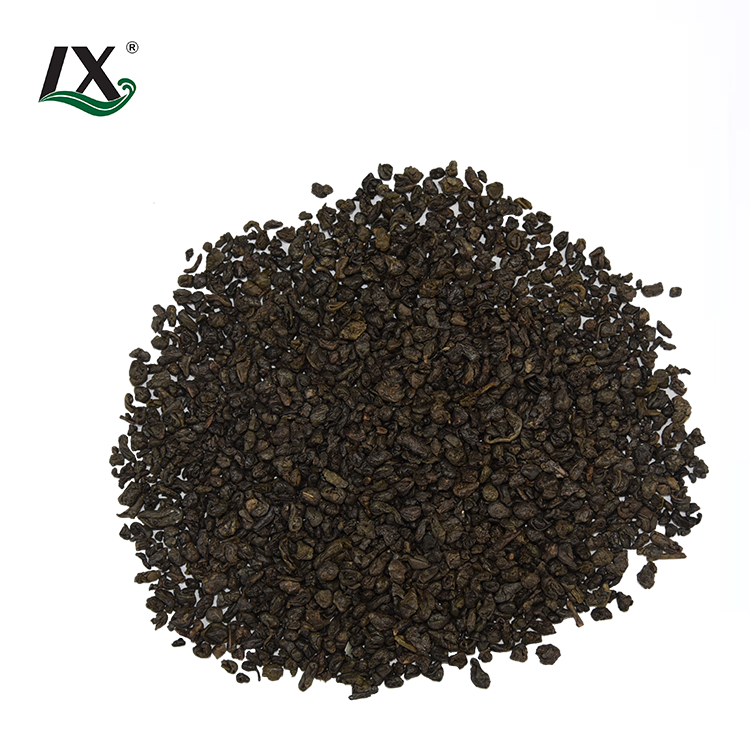The Rise of Matcha: How It Became a Global Sensation
In recent years, matcha has transformed from a traditional Japanese tea into a worldwide phenomenon. Its vibrant green hue, unique flavor, and numerous health benefits have captivated consumers across the globe. This article delves into the journey of matcha, exploring its origins, cultural significance, health advantages, and the factors contributing to its meteoric rise in popularity.
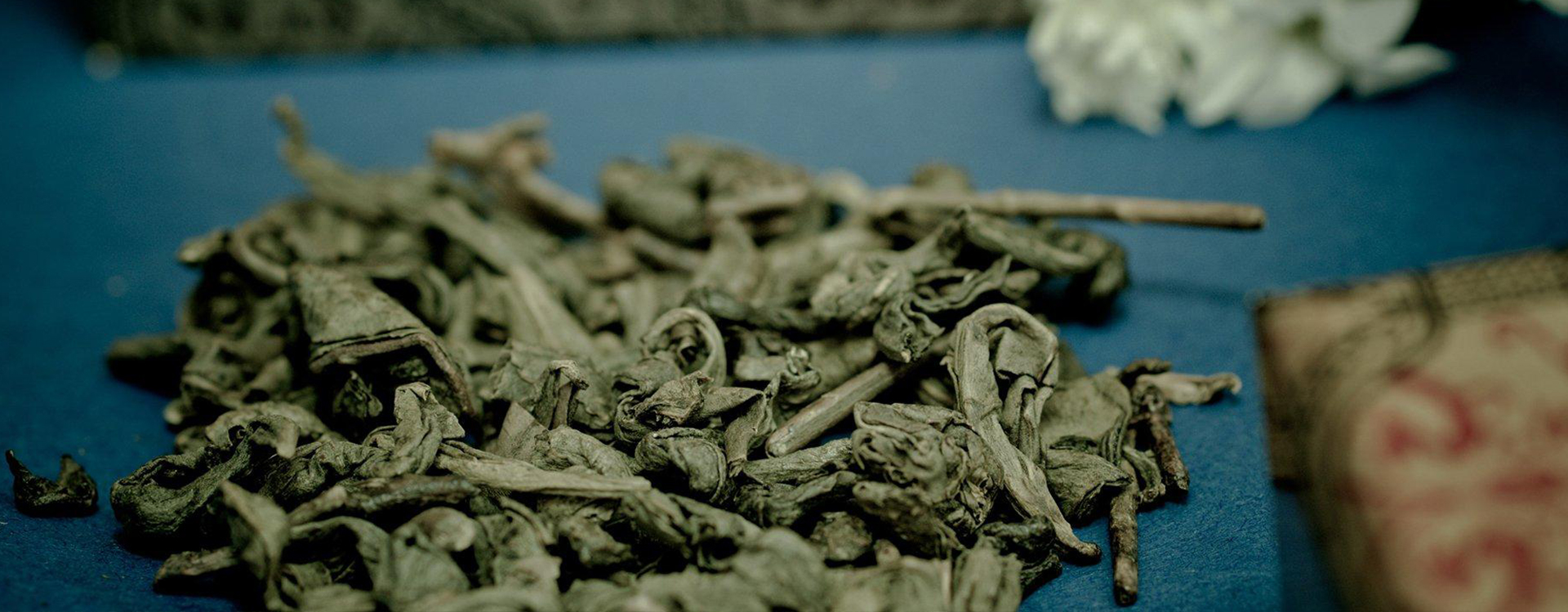
Origins and Cultural Significance of Matcha
Matcha, a finely ground powder made from specially grown and processed green tea leaves, has its roots deeply embedded in Japanese culture. The practice of consuming powdered tea in Japan dates back to the 12th century, introduced by the Zen Buddhist monk Eisai, who believed in its health benefits and used it to enhance meditation practices.
The traditional Japanese tea ceremony, known as chanoyu, places matcha at its center. This ceremony is a meticulously choreographed ritual emphasizing harmony, respect, purity, and tranquility. Participants engage in the mindful preparation and consumption of matcha, reflecting the profound cultural and spiritual significance of the tea in Japanese society.
The Journey of Matcha to the West
While matcha has been an integral part of Japanese culture for centuries, its introduction to Western countries is a relatively recent development. In the early 2000s, matcha began to appear in specialty tea shops and Asian markets in the United States and Europe. However, it remained a niche product, primarily appreciated by tea enthusiasts and those familiar with Japanese traditions.
The turning point for matcha's global popularity can be attributed to several factors:
- Health and Wellness Trends: As consumers became more health-conscious, there was a growing interest in natural and beneficial food products. Matcha, rich in antioxidants and known for its potential health benefits, aligned perfectly with this trend.
- Culinary Innovation: Chefs and food enthusiasts started experimenting with matcha, incorporating it into various recipes beyond traditional tea. Matcha-infused desserts, lattes, and even savory dishes began to emerge, showcasing its versatility.
- Social Media Influence: The vibrant green color of matcha made it visually appealing, leading to its proliferation on platforms like Instagram and TikTok. Influencers and celebrities shared their matcha experiences, further fueling its popularity.
Health Benefits of Matcha
One of the primary drivers behind matcha's global appeal is its array of health benefits. Unlike regular green tea, where leaves are steeped and then discarded, matcha involves consuming the entire leaf, resulting in a higher concentration of nutrients.
Antioxidant Properties
Matcha is renowned for its high levels of catechins, particularly epigallocatechin gallate (EGCG), which are potent antioxidants. These compounds help combat free radicals in the body, potentially reducing the risk of chronic diseases and promoting overall health.
Enhanced Mental Clarity and Focus
The combination of caffeine and the amino acid L-theanine in matcha provides a unique effect. While caffeine stimulates alertness, L-theanine promotes relaxation without drowsiness. Together, they enhance cognitive function, improve focus, and provide a calm, sustained energy boost.
Metabolism and Weight Management
Studies suggest that the catechins in matcha can aid in boosting metabolism and increasing fat oxidation, making it a popular choice for those seeking to manage their weight. Incorporating matcha into a balanced diet may support weight loss efforts and improve overall metabolic health.
Detoxification
The cultivation process of matcha, which involves shading the tea plants before harvest, increases chlorophyll production. Chlorophyll is believed to aid in detoxifying the body by removing heavy metals and harmful chemicals.
Matcha in Modern Cuisine
Beyond its traditional preparation, matcha has found its way into a myriad of culinary creations. Its distinct flavor profile, characterized by a balance of sweetness and umami, makes it a versatile ingredient.
Beverages
- Matcha Lattes: A popular alternative to coffee, matcha lattes combine matcha powder with milk or plant-based alternatives, offering a creamy and energizing drink.
- Smoothies: Adding matcha to smoothies not only enhances the nutritional value but also imparts a unique flavor.
- Cocktails: Mixologists have embraced matcha, crafting cocktails that feature its distinctive taste and color.
Desserts
- Pastries and Cakes: Matcha-infused pastries, such as muffins, cookies, and cakes, have become staples in many bakeries worldwide.
- Ice Cream: Matcha ice cream offers a refreshing treat, balancing the tea's earthiness with sweetness.
- Confections: Chocolatiers have introduced matcha-flavored chocolates and truffles, appealing to adventurous palates.
Savory Dishes
- Noodles and Pasta: Incorporating matcha into noodle or pasta dough adds both color and a subtle tea flavor.
- Seasonings: Matcha salt and matcha-infused sauces provide a unique twist to traditional dishes.
The Role of Social Media and Celebrity Endorsements
The rise of matcha's popularity is closely tied to its presence on social media platforms. The visually striking appearance of matcha-based foods and beverages makes them highly shareable content. Platforms like Instagram and TikTok are flooded with images and videos showcasing matcha creations, from intricate latte art to innovative recipes.
Celebrities have also played a significant role in popularizing matcha. Public figures such as Gwyneth Paltrow, Kylie Jenner, and Rihanna have been spotted enjoying matcha beverages, while Brad Pitt has expressed his fondness for matcha, even preparing it during interviews. These endorsements have significantly boosted matcha's profile among global audiences.
Matcha's Economic Impact
The surge in matcha's popularity has led to substantial economic growth in its market. According to market research, the global matcha market was valued at $2.3 billion in 2024 and is projected to reach $2.9 billion by 2028. This growth is driven by increasing consumer awareness of health benefits, the versatility of matcha in culinary applications, and its adoption in various food and beverage products.
Companies specializing in matcha products have seen remarkable success. Brands like Blank Street, known for their aesthetically pleasing matcha beverages, have expanded rapidly, with numerous outlets in major cities. Their minimalist design and photogenic drinks have made them a favorite among social media users, further propelling matcha's popularity.
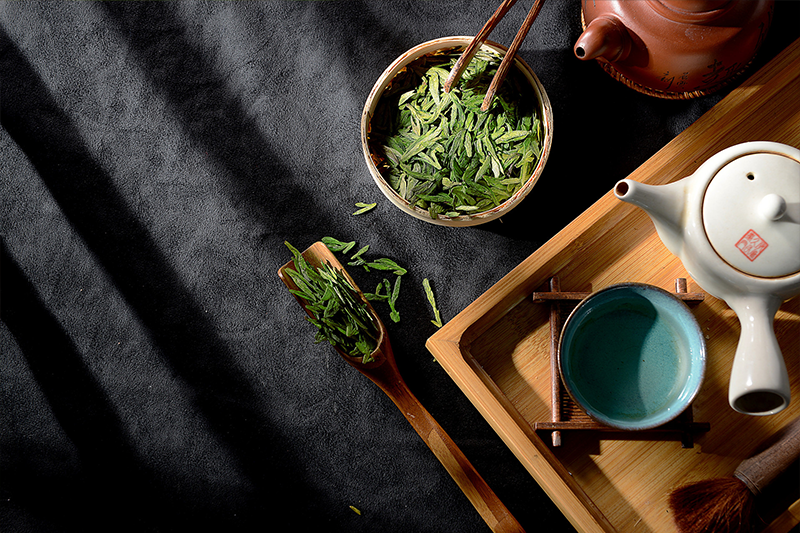
Cultural Considerations and Appropriation
As matcha becomes a global sensation, discussions about cultural appropriation have emerged. Some purists express concern that the traditional aspects of matcha consumption are being overshadowed by modern adaptations, potentially diluting its cultural significance.
However, perspectives vary. Sam Thorne, the CEO of Japan House in London, notes that even in Japan, matcha has evolved beyond traditional ceremonies. Contemporary uses, such as matcha lattes and desserts, are popular among younger generations, indicating a dynamic and evolving cultural practice.
It's essential to approach matcha with respect for its origins, acknowledging its cultural heritage while embracing its adaptation in global cuisines.
Conclusion
The rise of matcha from a traditional Japanese tea to a global phenomenon is a testament to its unique qualities and versatility. Its rich history, combined with health benefits and adaptability in various culinary contexts, has captivated consumers worldwide. As matcha continues to evolve and integrate into different cultures, it remains a symbol of tradition harmoniously blending with modernity.
Read More: Choosing the Right Organic Tea Manufacturers for Your Business Needs







